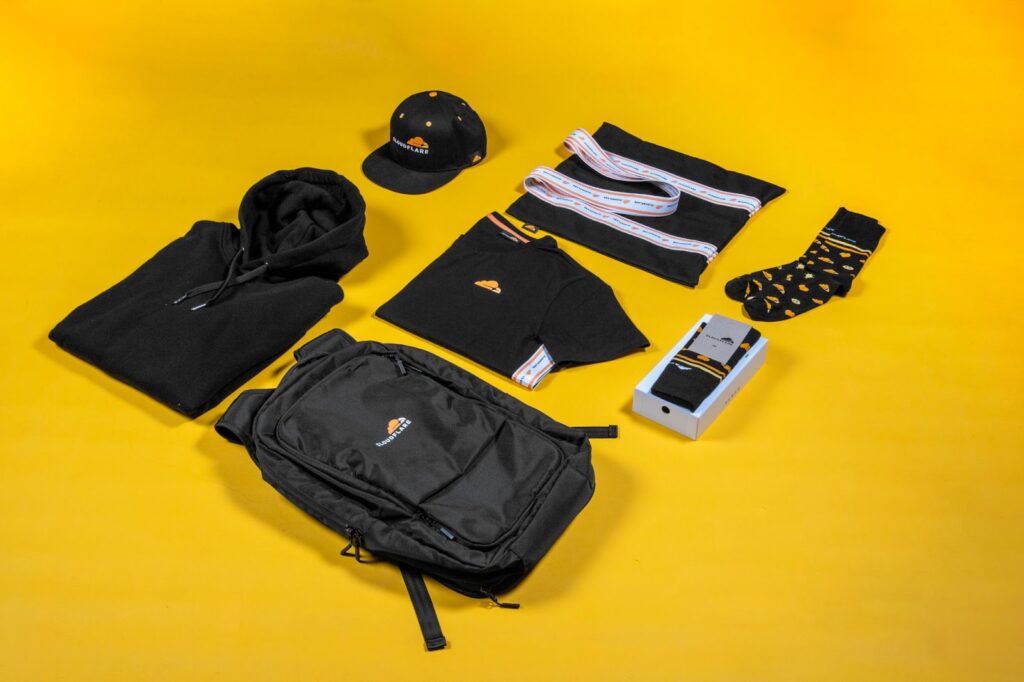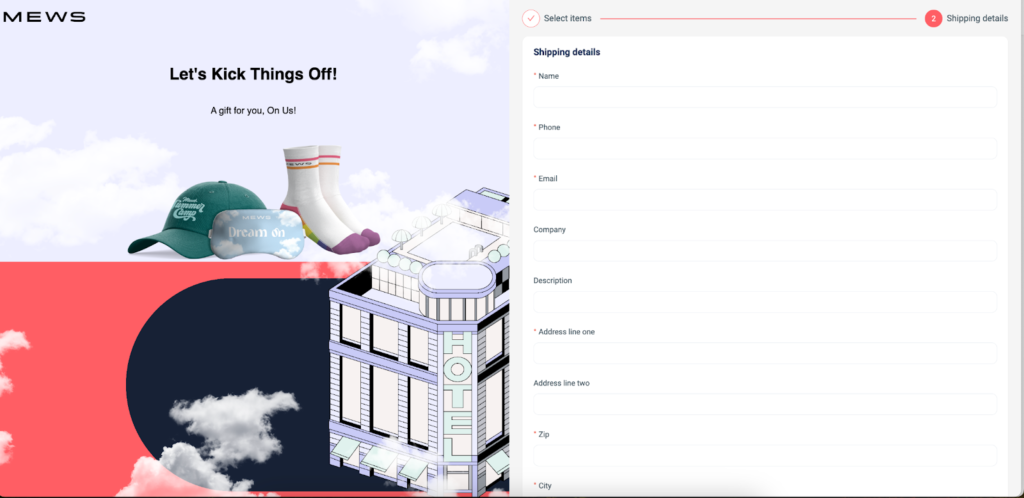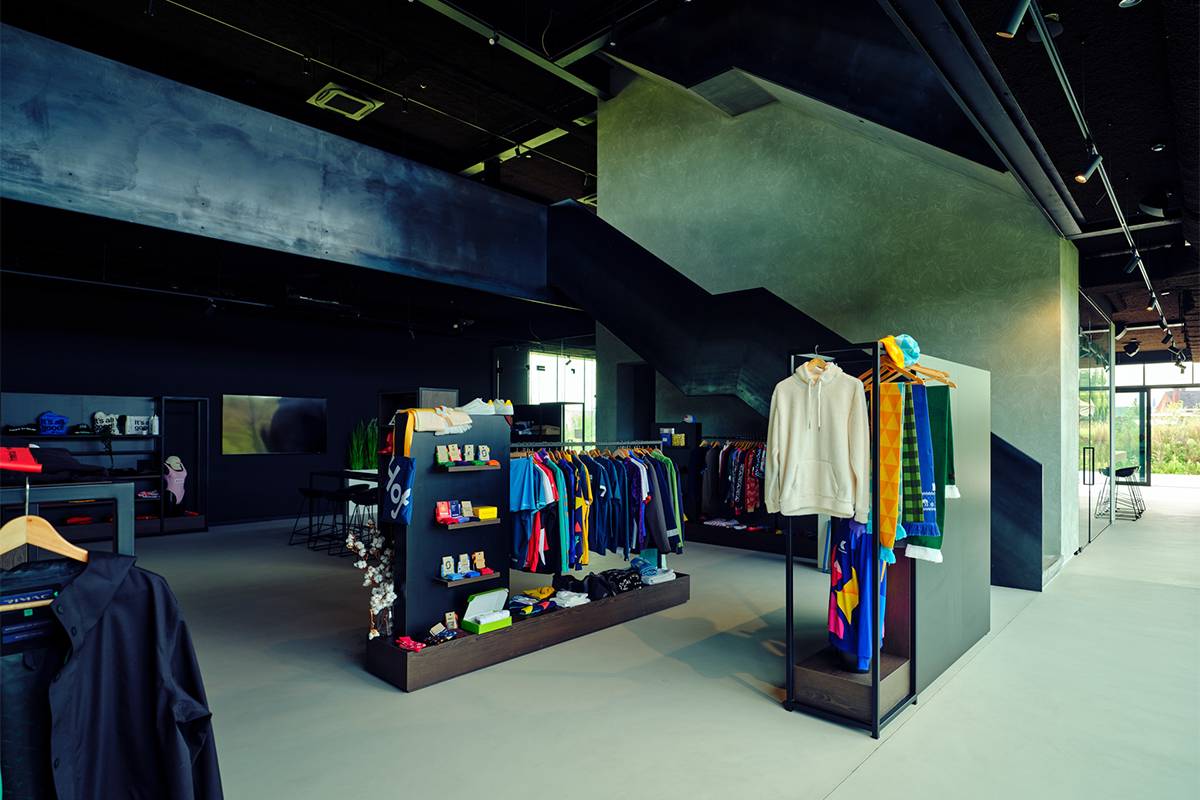5 Merchandise Trends to Watch in 2025
Merchandise is evolving faster than ever, moving beyond simple promotional products to become a powerful marketing tool. In 2025, brands are redefining their approach, focusing on impact, strategy, and personalization, while staying aligned with trending market dynamics. We’ve identified five major trends that will shape the future of branded merchandise this year, serving as a trend guide for companies aiming to stay ahead.
Looking ahead to merch trends in 2025, it’s clear that customization and personalization will be among the key drivers of change. Consumers are increasingly expecting unique, tailored experiences from the brands they engage with. As a result, companies are turning to data-driven insights to create bespoke merchandise that reflects individual preferences and tastes. This approach not only enhances customer loyalty but also differentiates brands in a crowded market. Expect to see more brands leveraging technology to create limited edition items and exclusive collaborations that cater to niche audiences.
Companies that embrace these shifts will not only create better experiences but also see stronger returns on their investment.
1. Quality over quantity
The era of cheap, throwaway promotional items is coming to an end. Companies are becoming more intentional about their merchandise choices, opting for fewer but higher-quality products. Customers and employees alike have grown tired of low-value swag that ends up in the trash. Instead, brands are investing in well-designed, premium merchandise that aligns with their identity and values, showcasing innovative fashion designs that captivate consumers.

Premium collection for Cloudflare partners
This shift is about more than just aesthetics—it’s a sustainability play, a brand-building move, and a response to shifting consumer expectations. Businesses now focus on thoughtful designs and curation, ensuring that every item they produce is useful, desirable, and built to last. This means higher-end apparel, elevated packaging, and meaningful storytelling behind the products. Companies are recognizing that well-crafted merchandise strengthens brand perception far more than mass-produced, forgettable giveaways.
2. Measurability: Merchandise as a data-driven marketing channel
One of the biggest shifts in 2025 is the move toward making merchandise a measurable marketing investment. Traditionally, branded items were seen as a “nice-to-have” rather than a strategic, trackable asset. But with rising budgets and growing expectations, businesses now demand hard data on their merchandise ROI—costs, engagement levels, and actual impact on brand awareness and customer loyalty.

Our merchandise analytics dashboard
Platforms like ours are seeing a surge in demand for analytics tools that provide insights into merchandise performance. Companies are tracking who receives their merchandise, how it’s used, and even the long-term impressions it generates. Whether it’s through unique redemption links, QR codes, or integration with CRM and marketing automation tools, brands now have the ability to quantify the effectiveness of their merch—proving that it’s more than just a freebie, but a true marketing channel.
3. Organized Campaigns: Merchandise as a Dedicated Channel
Ordering products for random events or giveaways is no longer enough. In 2025, merchandise is being treated as a standalone marketing channel with structured, well-planned campaigns. Instead of simply handing out t-shirt designs at conferences, companies are using merchandise strategically in customer retention efforts, employee engagement programs, and product launches.

example of a redeem campaign
This approach means aligning merchandise with broader marketing goals, using a trend guide to stay ahead of the competition. It’s being embedded in digital campaigns, paired with exclusive experiences, and used to drive measurable actions. For example, companies now send curated merchandise kits as part of onboarding journeys, loyalty programs, or influencer collaborations—ensuring that every item serves a clear purpose rather than just being another piece of branded clutter.
4. Centralization and brand consistency
Many companies are moving away from a decentralized merchandise model, where different teams and offices order their own items with little oversight. The result of this old approach? Inconsistent quality, mismatched branding, and unnecessary costs. In 2025, we’re seeing a major push toward centralization, ensuring a cohesive brand experience across global operations.
Centralization not only streamlines operations and reduces waste, but it solidifies brand integrity, ensuring every touchpoint tells a consistent and compelling story.
As we look towards merch trends 2025, personalization and sustainability are taking center stage. Consumers are increasingly expecting customized products that reflect their unique identities and values. At the same time, eco-friendly options are becoming non-negotiable, with companies seeking sustainable materials and production methods to align with consumer expectations and global environmental goals. Innovations such as augmented reality (AR) experiences are also making waves, allowing brands to create interactive and immersive merchandise engagements.

Globally consistent merchandise for Deel events
By consolidating merchandise procurement under a single strategy, companies achieve multiple benefits. They gain better control over quality and sustainability, maintain visual consistency across markets, and reduce costs through bulk ordering. A unified approach ensures that every piece of merch—from apparel and packaging to designs—feels like a seamless extension of the brand, no matter where in the world it’s distributed.
5. Custom production: The rise of bespoke merch
Standard blanks with basic screen prints are no longer cutting it. In 2025, companies are prioritizing custom production—moving beyond off-the-shelf products to create completely unique, on-brand t-shirt designs that embody their distinct style. Brands want merchandise that matches their exact Pantone colors, reflects their identity through tailored fits and fabrics, and includes custom elements like branded zippers, linings, or even exclusive patterns.

Highly custom collection for Bugatti Rimac
This trend is driven by a desire to make merchandise feel exclusive, like limited-edition pieces rather than generic promotional products. It also allows brands to stand out in an increasingly competitive landscape, offering items that people actually want to use and wear. Whether it’s fully custom apparel, high-end accessories, thoughtful packaging, or unique designs, companies are investing in merchandise that feels uniquely theirs—not something that any brand can slap a logo on, often turning to platforms like Etsy for inspiration and collaboration.
Final thoughts
The landscape of branded merchandise is shifting, and the companies that embrace this trend guide in fashion will set themselves apart in 2025. By prioritizing quality, making merchandise measurable, integrating it into strategic campaigns, centralizing efforts, and investing in custom production, brands can maximize the impact of their merch. This evolution is driven by a consumer base that values authenticity and sustainability, demanding products that not only represent a brand but also align with their personal values.
Harnessing the power of customization and sustainability in merch trends 2025 will not only elevate brand visibility but also forge deeper connections with a conscientious consumer base.
Merchandise is no longer just an afterthought—it’s a core part of brand storytelling, customer engagement, and marketing strategy. Those who adapt will see stronger brand affinity, better ROI, and a deeper connection with their audience. By leveraging data analytics and consumer insights, brands can craft designs for merchandise that speak directly to their target market, enhancing loyalty and driving growth. The future of merch is here, and it’s smarter, more strategic, and more impactful than ever, promising a new era of innovation and engagement in the world of branded products.
Merch Trends 2025 FAQ
2025 marks a transformative year for merchandise, where innovation, strategy, and trending personalization are at the forefront. Here’s a quick FAQ to help you navigate these trends confidently.
What is the main trend in merch for 2025?
Why is quality preferred over quantity in 2025?
How can merchandise be measured more effectively?
What is the role of organized campaigns in merch strategies?
How does centralization benefit merch strategies?
Why is custom production gaining importance?
We would love to help you.
Looking to start dressing your team?
Want to discuss a project? Interested in
visiting one of our offices? Let us know!



